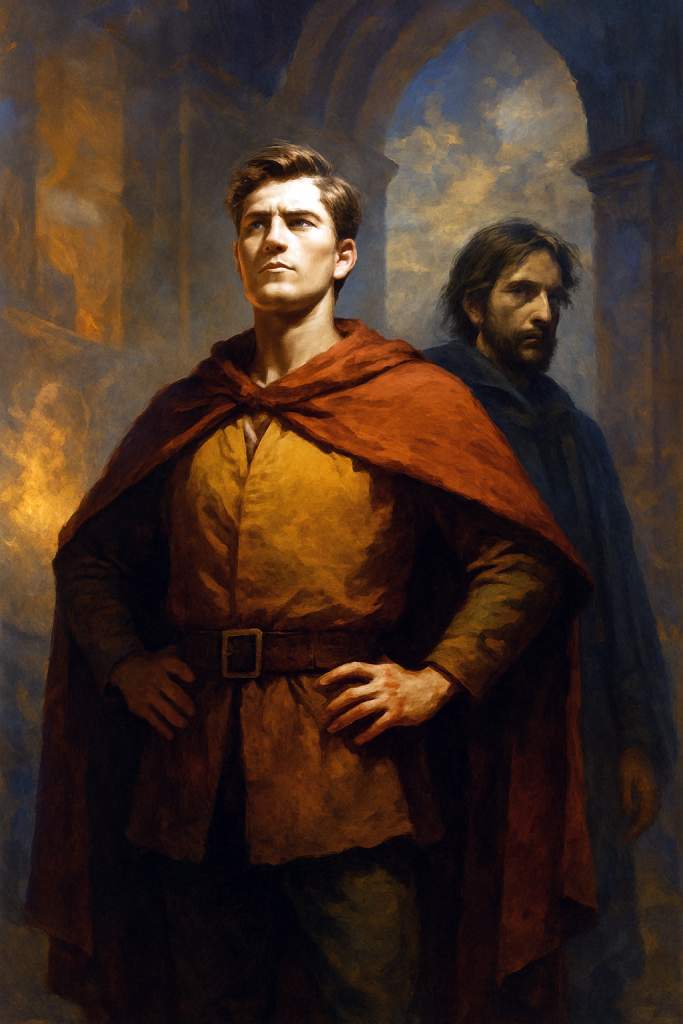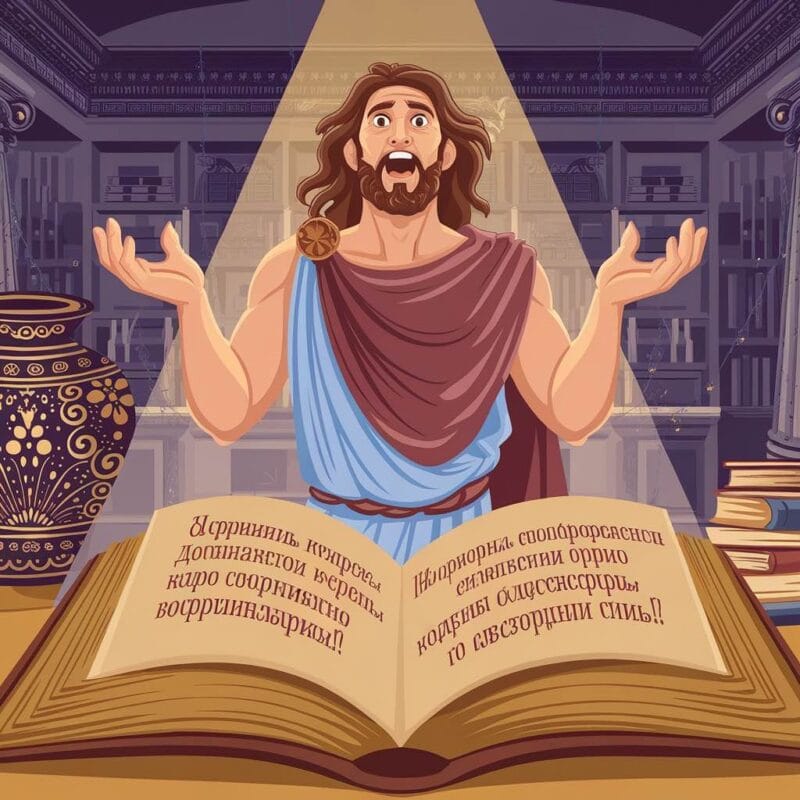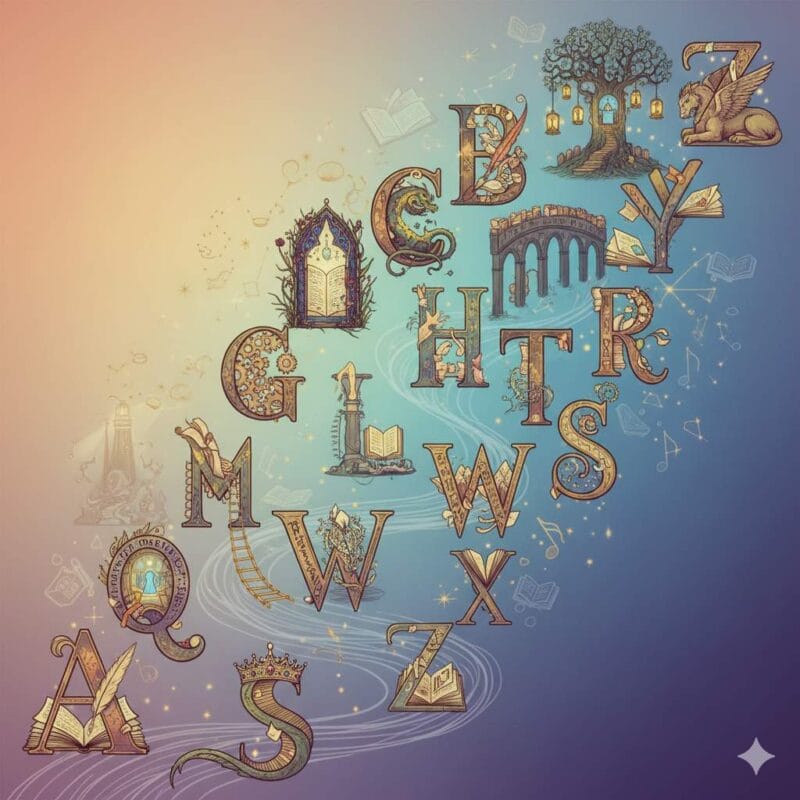The structure of storytelling often relies on more than a single focal character. While the protagonist anchors the work, others hold vital positions that influence direction, conflict, and resolution. Among these, the figure of the deuteragonist holds particular importance. To understand this role fully, one must also examine its relationship to the protagonist, antagonist, and even the less frequently discussed tritagonist.
What Is a Deuteragonist?
The term “deuteragonist” originates from ancient Greek drama. In early tragedy, performances featured three actors: the protagonist, the deuteragonist, and the tritagonist. The deuteragonist, literally the “second actor,” typically plays a role just below the lead in significance. Though secondary to the protagonist, the deuteragonist is often critical to the unfolding of events, acting as a confidant, challenger, or partner.
In modern literature, the role has expanded beyond strict hierarchies of Greek theater. A deuteragonist can serve as the protagonist’s closest ally, as in Samwise Gamgee to Frodo Baggins in J. R. R. Tolkien’s The Lord of the Rings (1954–1955), or as a figure who holds near-equal narrative weight, such as Ishmael alongside Captain Ahab in Herman Melville’s Moby-Dick (1851). The deuteragonist provides balance, perspective, or counterpoint, ensuring the story does not rest solely on the protagonist’s perspective.
Deuteragonist and Protagonist
The relationship between deuteragonist and protagonist defines much of the story’s rhythm. The protagonist initiates action, but the deuteragonist often guides, questions, or amplifies those choices. In Charlotte Brontë’s Jane Eyre (1847), Jane is the protagonist, while Edward Rochester, though central, often functions as the deuteragonist. Their interplay propels the novel forward: Jane’s moral integrity is sharpened by Rochester’s struggles, while his character acquires sharper contours through Jane’s responses.
This dual structure highlights how a protagonist rarely stands alone. By situating the deuteragonist beside the lead, writers expand thematic range and emotional scope, producing a story that feels fuller and more dynamic.
Deuteragonist and Antagonist
Whereas the antagonist directly opposes the protagonist, the deuteragonist usually supports or complicates their journey without embodying outright opposition. The antagonist represents resistance, but the deuteragonist provides nuance. For example, in William Shakespeare’s Hamlet (1600–1601), Hamlet is the protagonist and Claudius the antagonist. Horatio, however, functions as the deuteragonist: a steady presence whose loyalty and reason offer contrast to Hamlet’s turbulence. Without Horatio, the play’s moral and psychological dimensions would appear starker and less balanced.
The difference between deuteragonist and antagonist, then, lies in alignment. Antagonists force confrontation, while deuteragonists extend dialogue. Yet both roles are indispensable, shaping the protagonist’s path in distinct ways.
The Place of the Tritagonist
Greek theater also included the tritagonist, or “third actor.” While less prominent in modern discussion, the tritagonist can still be observed in literature as the tertiary figure who reinforces or challenges the protagonist–deuteragonist relationship. In Homer’s Iliad (circa 8th century BCE), Achilles and Patroclus stand in a protagonist–deuteragonist pairing, while Hector might be considered a tritagonist in relation to their dynamic. His presence expands the conflict without overtaking the central focus.
Today, the tritagonist often appears in ensemble works, where a third character provides a complementary angle or tension that rounds out the central conflict. Recognizing this role helps us appreciate the layered architecture of storytelling beyond the most obvious dichotomies.
Functions of a Deuteragonist in Storytelling
The deuteragonist operates across genres and periods, fulfilling several functions that can be grouped as follows:
- Mirror or contrast: The deuteragonist reflects the protagonist’s qualities or exposes their flaws. Dr. Watson in Arthur Conan Doyle’s Sherlock Holmes stories (1887–1927) mirrors Holmes’s brilliance by embodying steadiness and common sense.
- Moral anchor: The deuteragonist can embody principles that guide the protagonist’s development. In Harper Lee’s To Kill a Mockingbird (1960), Scout is the protagonist, and Atticus Finch functions as the deuteragonist. His integrity and decisions provide the foundation against which Scout measures her own growth and perception of justice.
- Narrative bridge: Deuteragonists often mediate between protagonist and antagonist, helping the audience interpret stakes and conflicts. Horatio in Hamlet performs this bridging role.
These functions ensure that the deuteragonist is not a mere side character but an active participant whose presence reframes the story’s direction.
Why the Distinction Matters
Distinguishing between protagonist, deuteragonist, tritagonist, and antagonist clarifies how literature distributes importance across characters. The protagonist drives the story; the antagonist blocks or challenges; the deuteragonist supports, questions, or complements; and the tritagonist enriches through tertiary presence. Understanding these distinctions illuminates why some supporting figures linger so powerfully in cultural memory. Without Sancho Panza, Miguel de Cervantes’ Don Quixote (1605, 1615) would lose much of its humor and grounded perspective, just as without Nick Carraway, F. Scott Fitzgerald’s The Great Gatsby (1925) would lack its reflective frame.
The deuteragonist embodies the idea that stories thrive on relational structures rather than isolated heroes. Through partnership, contrast, and perspective, the deuteragonist ensures that literature speaks in more than one voice.
Further Reading
Deuteragonist on Wikipedia
Deuteragonist Meaning and Examples in Literature by Brandi Badgett, Fictionary
I’m a newbie…What does Protagonist, Deuteragonist, Tritagonist mean on Reddit
What are the differences between the deuteragonist and the co-protagonist in a story? on Quora




